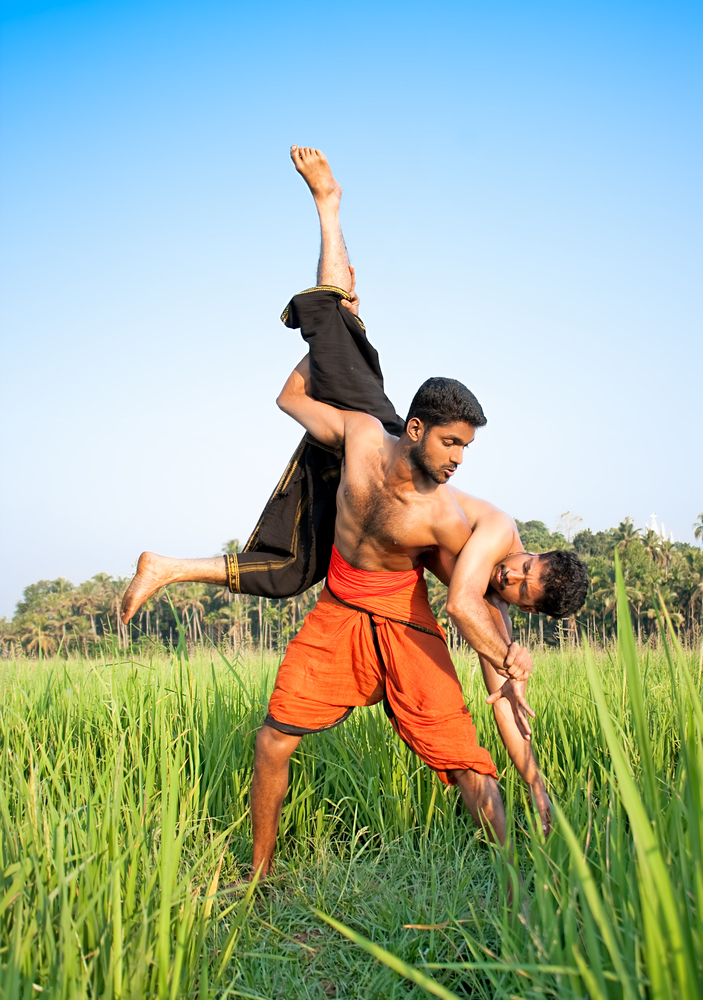Medieval principalities and chieftain families maintained a military group of their own. This practice of maintaining trained local militia can be traced back to the period of Nadu formation in Kerala during the Perumal rule. Nadu chieftains had hundreds of organizations – Munnuruvar (the 300), Anjuttuvar (the 500), Arunuttuvar (the 600), and Elunuttuvar (the 700). These bands of soldiers must have developed into landed aristocracy supporting the established order with military power.
It is specially noted that the Kalarippayattu training was undergone by every youth of the Nair caste, the Kerala warrior caste that is akin to the Samurai of Japan. However, Kalarippayattu was not the sole prerogative of Nairs, for there were many Muslims, Christians, Ezhavas, and even Brahmins who practiced and mastered the techniques of Kalarippayattu.


